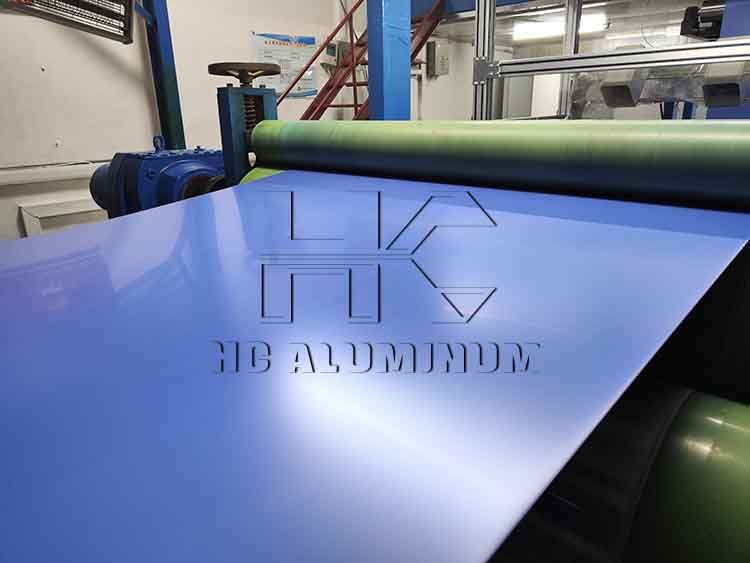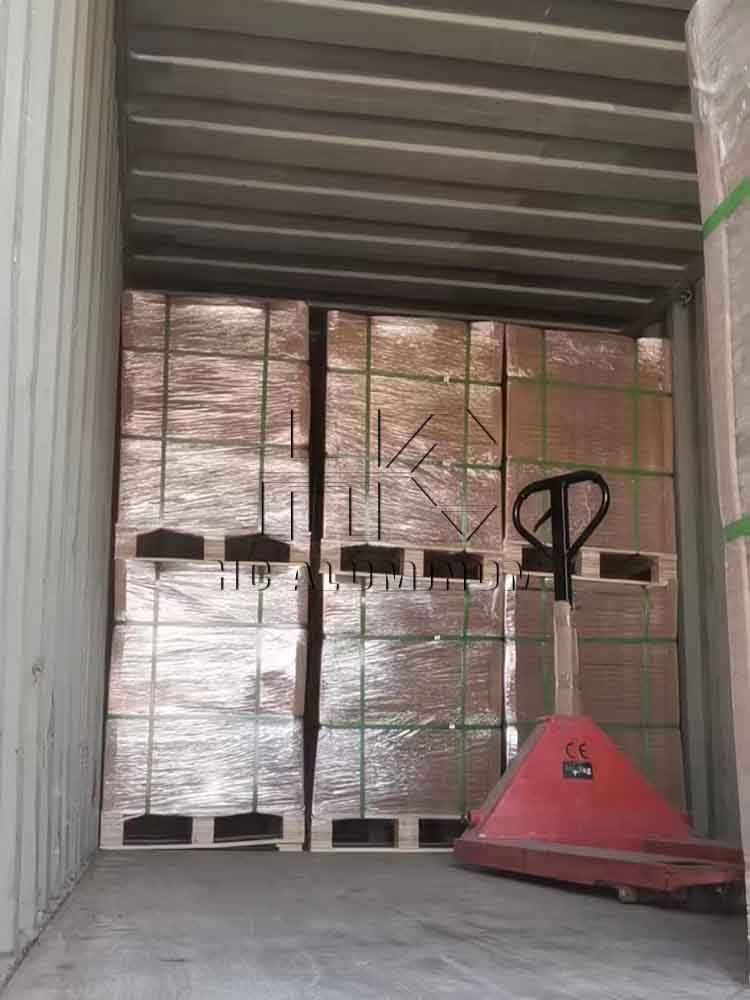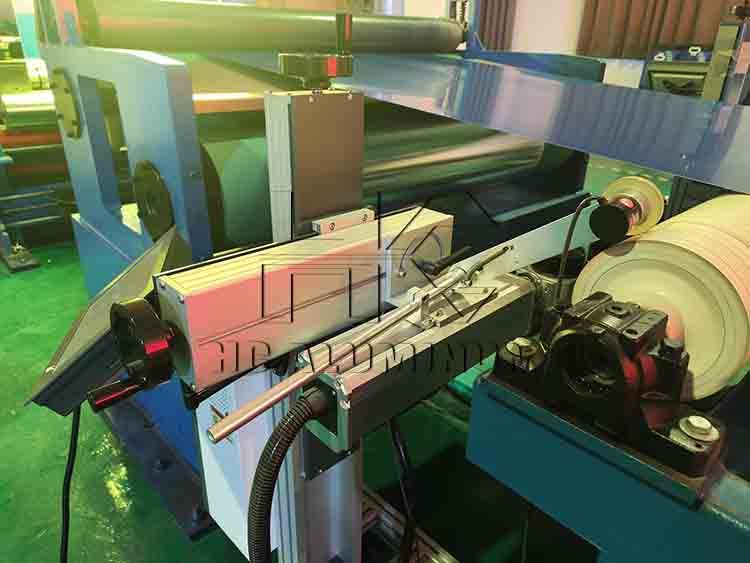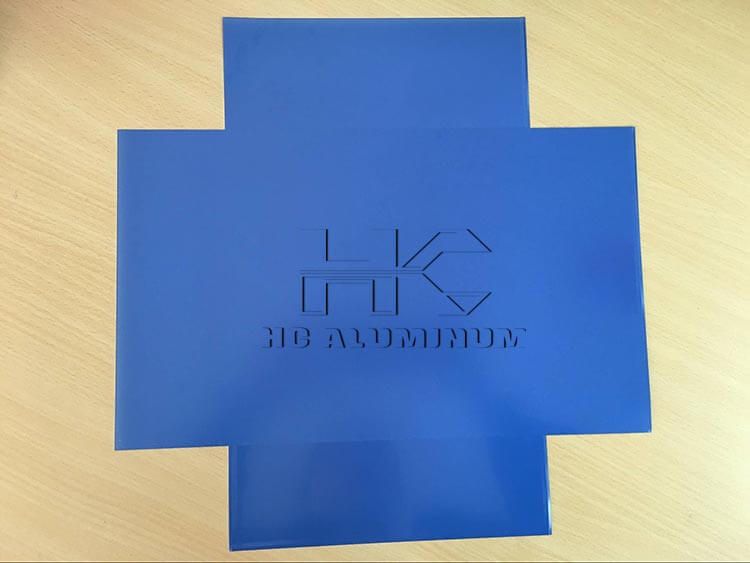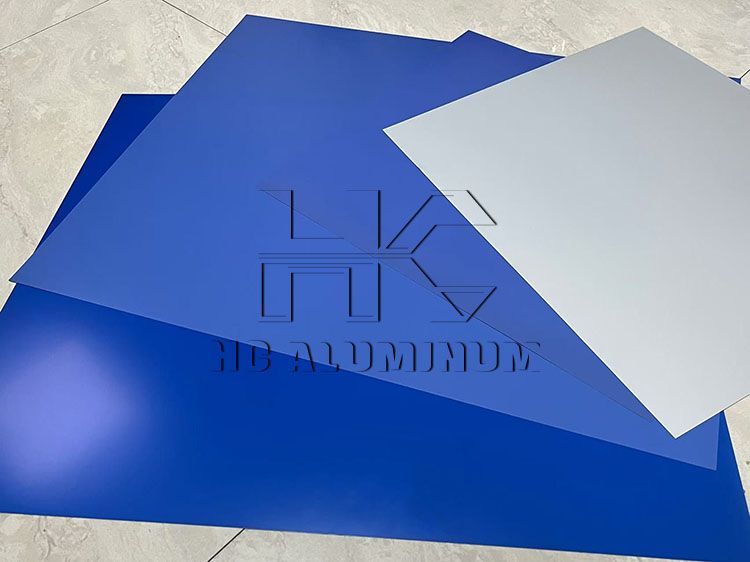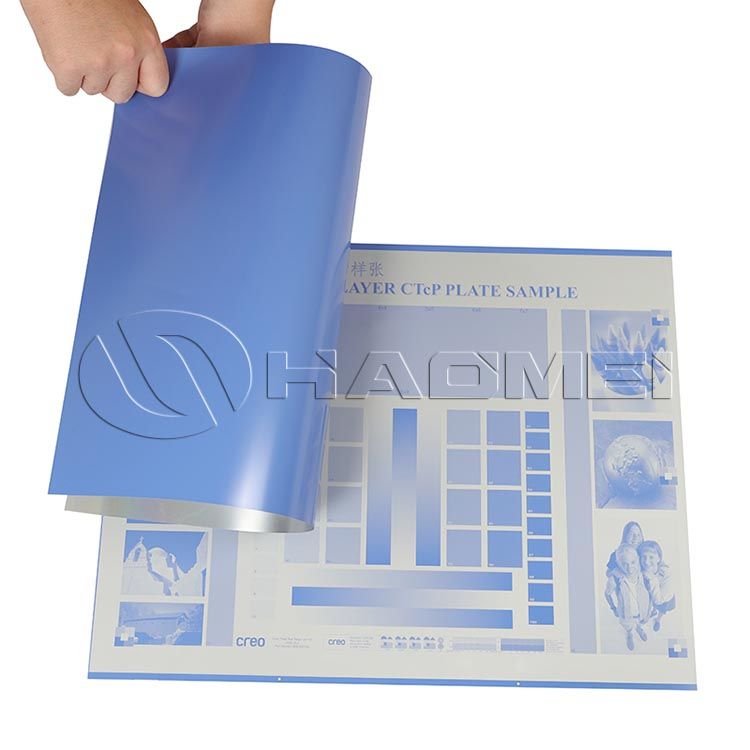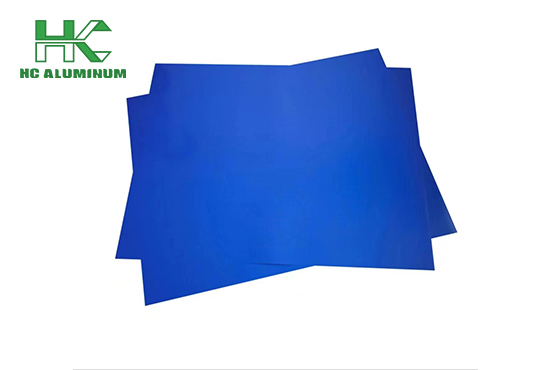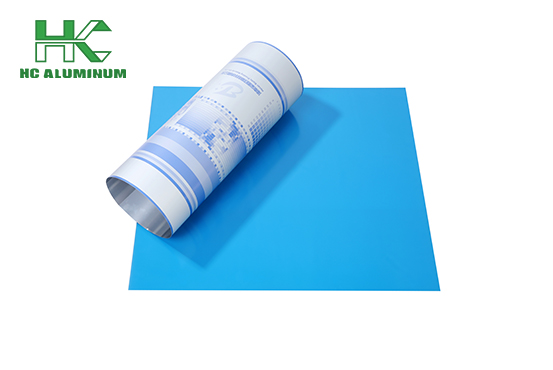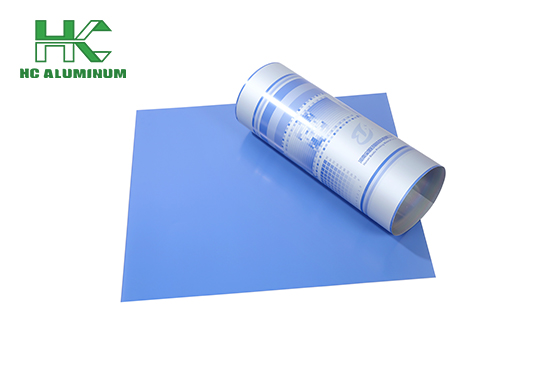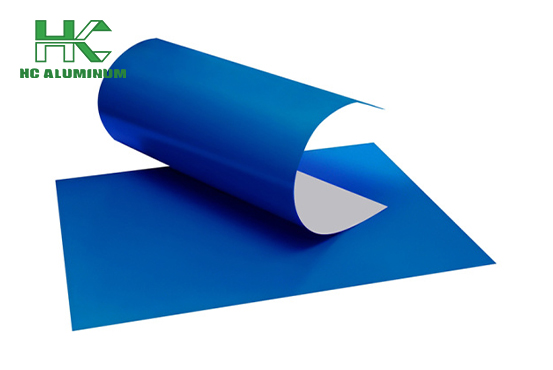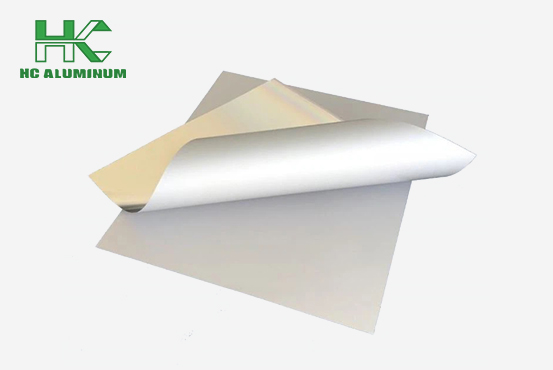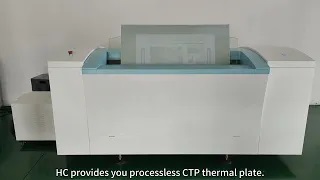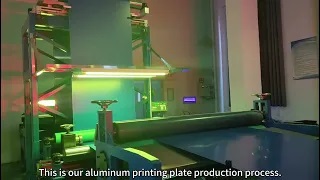Different Metal Plates for Printing
In the development of printing technology, metal plate for printing has always been the core element to ensure printing quality. The unique properties of different metal materials greatly affect the precision, durability and scope of application of printed products.
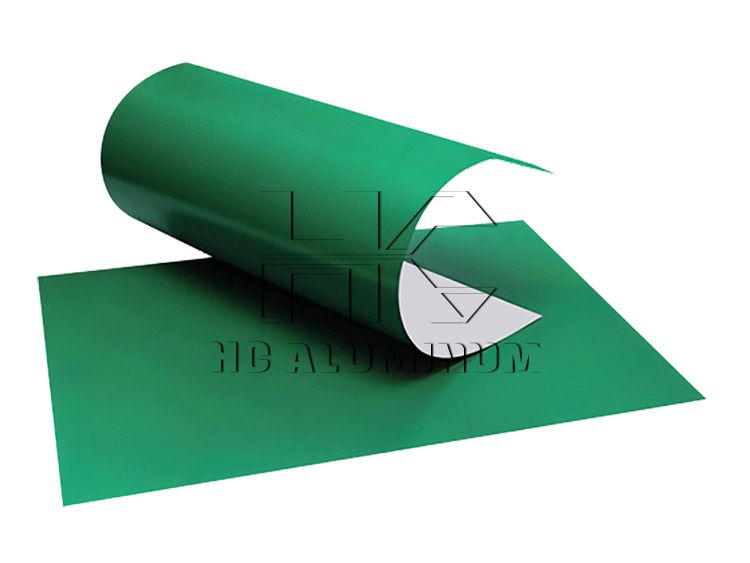
Different metal printing plate materials
1. Aluminum
Aluminum is one of the most widely used materials in the field of metal printing plates. It has excellent comprehensive performance, low density and light texture, which makes it more convenient to operate during the printing process.
At the same time, aluminum has strong corrosion resistance and can resist the erosion of the external environment to a certain extent, extending the service life of the printing plate. In addition, the surface of aluminum is easy to process, and it can be given good photosensitivity and ink absorption ability through processes such as anodizing and coating with a photosensitive layer.
Aluminum has a wide range of applications and has excellent performance in lithography (such as PS plates), flexographic printing, and label printing. However, aluminum also has some shortcomings. Its hardness is relatively low, and it is prone to wear and deformation when used at high frequencies, which affects the accuracy of printing.
2. Copper
Copper has excellent electrical and thermal conductivity, which makes it play an important role in specific printing processes. In electronic circuit printing (such as PCB plate making), copper can accurately conduct current to ensure the normal operation of the circuit; in gravure printing, copper plates can be engraved to produce fine patterns to meet the needs of high-resolution printing.
However, copper also has its disadvantages. It is expensive and easily oxidized in a humid environment, which not only affects the performance of the printing plate but also shortens its service life.
3. Zinc
Zinc has unique advantages in relief printing. It has a low melting point, is easy to cast and engrave, and can quickly produce the required relief pattern. At the same time, the zinc plate has good ink corrosion resistance, which can ensure the clarity and stability of the pattern during the printing process.
However, zinc also has obvious limitations. It has low hardness and poor wear resistance, and is not suitable for high-speed or long-run printing, otherwise it is prone to wear and deformation.
Metal selection and quality requirements for PS plates
1. Metal selection
PS plates are mainly made of aluminum plates (usually industrial pure aluminum such as 1050 and 1060) as the substrate. Pure aluminum has good ductility and machinability, which can meet the requirements of PS plates for substrates.
2. Quality requirements
(1) Dimensional stability
The substrate of the PS plate needs to have excellent dimensional stability and be able to maintain stable dimensions in an environment with changing temperature and humidity to avoid the problem of misregistration caused by dimensional changes.
(2) Surface quality
The surface of the PS plate needs to be smooth, without scratches and oxide layers, so as to ensure that the photosensitive layer can be evenly coated on the substrate, improving the photosensitivity and printing quality.
(3) Grain treatment
The uniform microscopic rough structure (grain) is formed on the surface of the aluminum plate by mechanical or chemical methods, which can increase the surface area and improve the adsorption capacity of ink, thereby ensuring the clarity and color saturation of the printed product.
(4) Anodized film
The surface of the aluminum plate is anodized to form a porous oxide film (usually 3-5μm thick). This oxide film has good wear resistance and corrosion resistance, which can protect the substrate from erosion by the external environment. At the same time, it can also adsorb the photosensitive layer and improve the performance of the printing plate.
(5) Adhesion of the photosensitive layer
The photosensitive layer needs to be tightly bonded to the surface of the aluminum plate, able to withstand the mechanical stress and erosion of chemical solvents during the printing process, and avoid film peeling, thereby ensuring the service life and printing quality of the printing plate. Welcome to inquire wholesale offset printing ps plate price from us.

